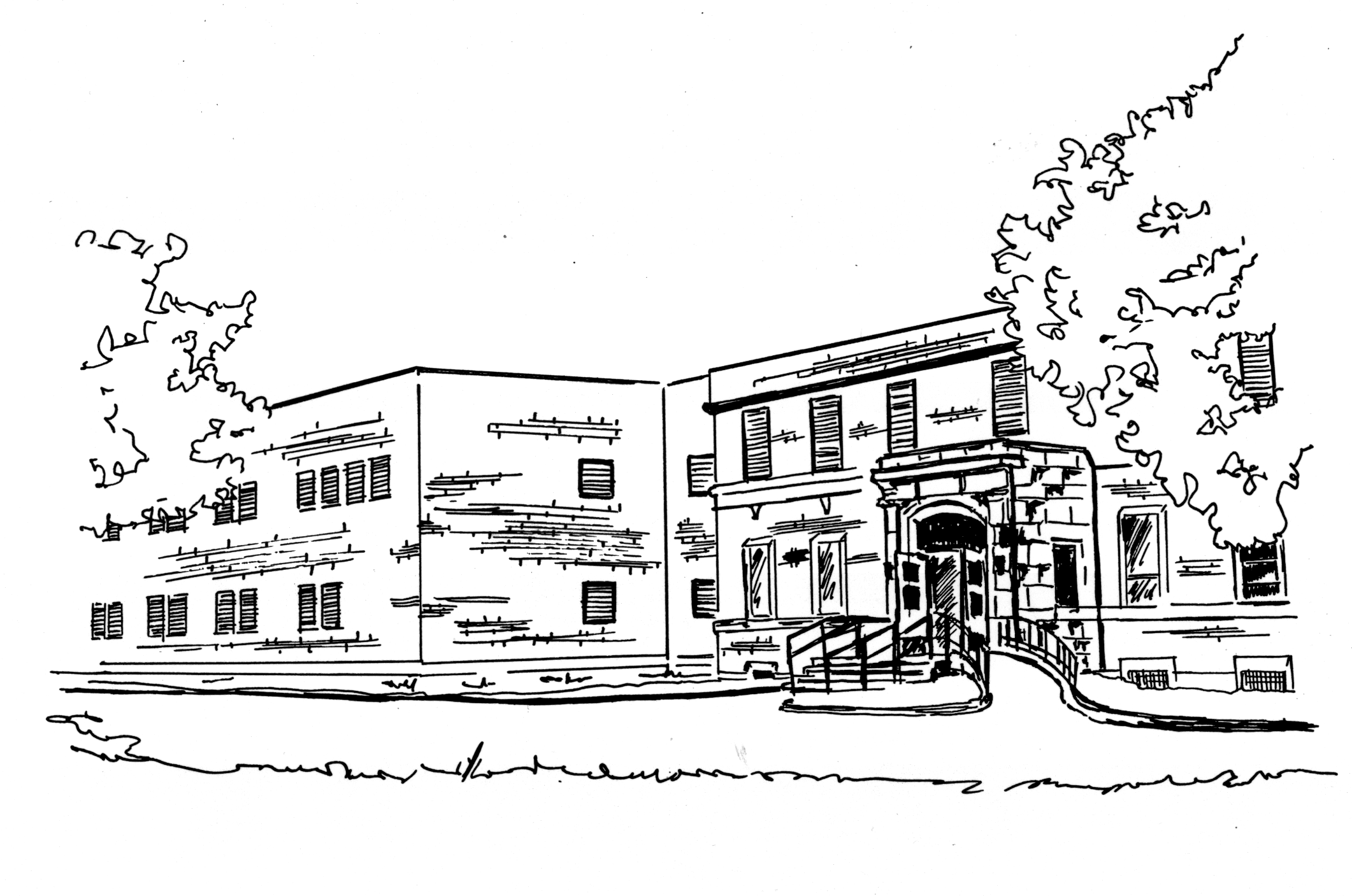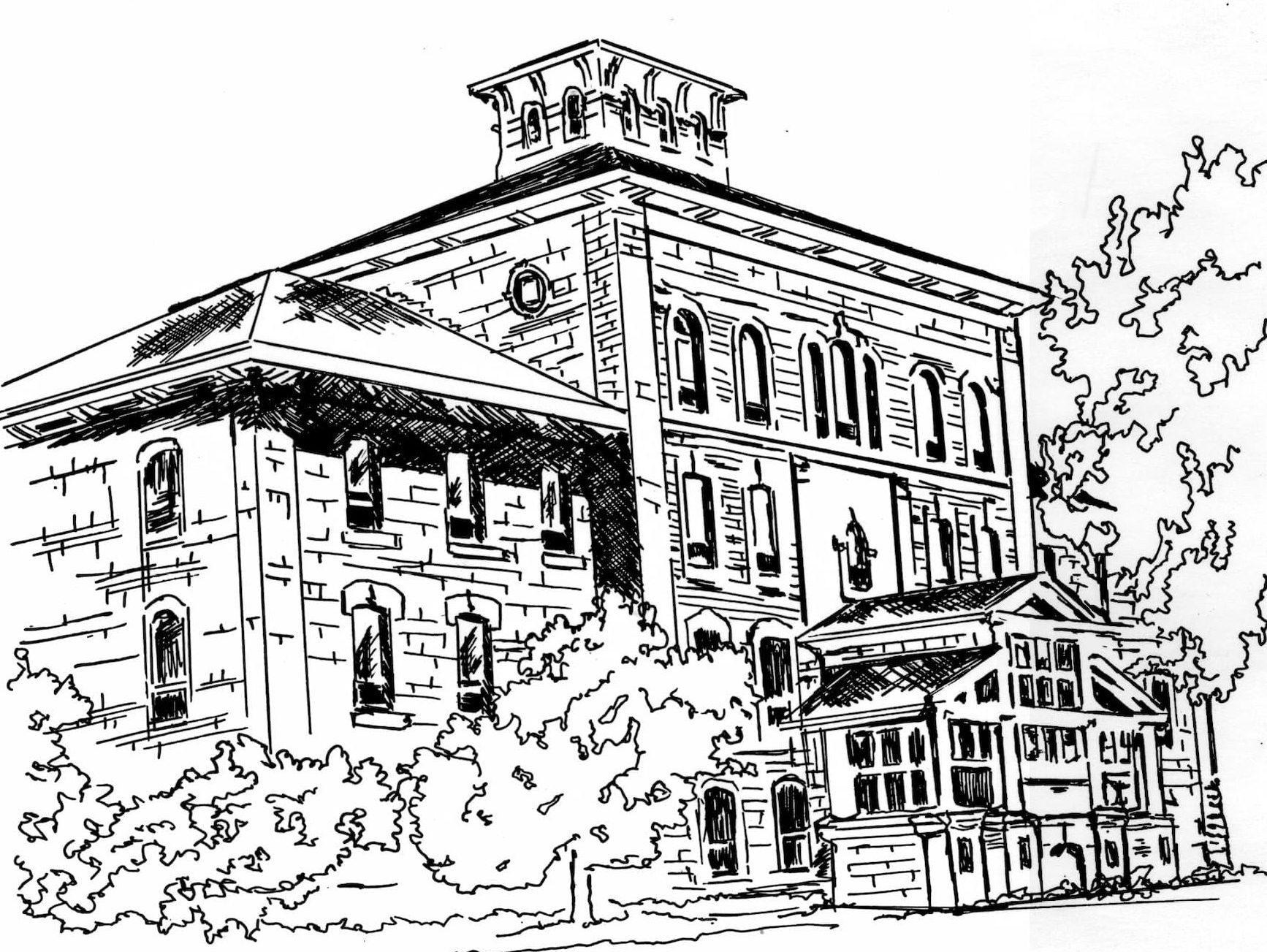Lt.-Gov. John Graves Simcoe chooses a 380-acre site on Penetanguishene Harbour for a naval and military base to protect the Upper Great Lakes from American threats following the War of 1812.
Home About Waypoint Our History
The grounds and area surrounding Waypoint Centre for Mental Health Care are steeped in history. Explore it here.
1814
1855
The military site is decommissioned and turned over to the Government of Upper Canada.
1859
Boys Reformatory of Upper Canada is established in the abandoned barracks.
1870
Barracks are consumed in a fire, leading to the construction of a new building higher up the hill.
1904
Reformatory residents are moved to other provincial institutions or community placements, and the building is converted into a facility for individuals suffering from mental health problems.
1933
The first four wards of the Oak Ridge building are constructed. During this period, the institution’s name changed to Ontario Hospital.

1950s
Four wards are added to Oak Ridge, bringing the patient capacity to 300.
1967
Brébeuf and Bayfield buildings are opened. The identical buildings were designed as apartment-style living quarters to simulate life in the community.
1969
The name of the institution is changed to the Mental Health Centre, and work begins on the Toanche Building.
1989
Construction of the Oak Ridge Activity Centre, with a new pool and gym, is completed.
2007
The Ontario Government includes funding to replace the aging Oak Ridge building in its budget.
2008
Waypoint is divested from the Ministry of Health and Long-Term Care and is now a public hospital corporation sponsored by the Catholic Health Sponsors of Ontario.
2011
As part of a rebranding process, the hospital changes its name to Waypoint Centre for Mental Health Care.
2014
The purpose-built, state-of-the-art Atrium building opens its doors to patients from Oak Ridge and Brébeuf.
Now
Today, the hospital has an extensive range of acute and longer-term psychiatric inpatient, outpatient, community-based and forensic programs to meet the diverse needs of people of all ages, cultures and identities.


